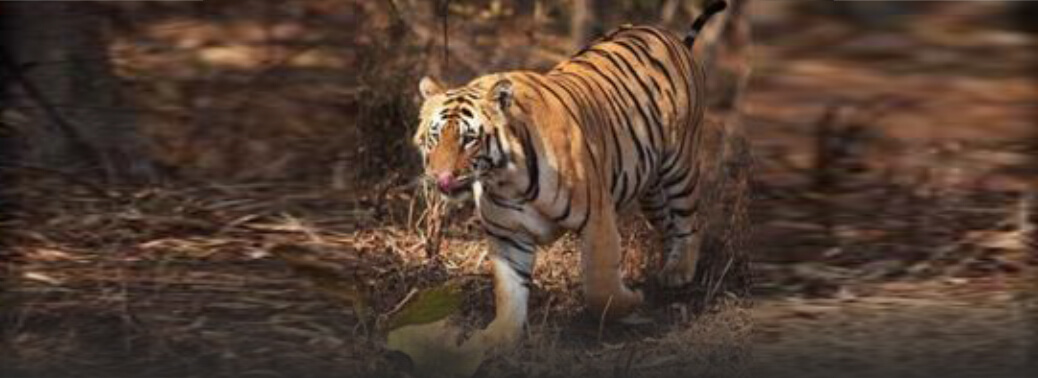A GENETIC METHOD TO EMPOWER CONSERVATION
12, Apr 2019

Prelims level : Environment
Mains level : GS - III biodiversity and environment
Why in news:
- Scientists have been using genetics to study wild animals using very low-quality DNA.
Details:
- A new genetic method developed by a National Centre for Biological Sciences (NCBS)team hopes to make studying as well as conserving wild species quicker, easier and cost-effective by deriving information from animal sources containing extremely low-quality DNA including faeces and cooked meat.
- DNA from the faeces, hair and saliva of 75 wild and captive tigers is obtained to identify individuals and close relatives, and RNA from 279 queen conch samples.
- 60 to 100 single nucleotide polymorphisms or SNPs are decoded.
What is a Gene?
- A gene is the basic physical and functional unit of heredity. Genes are made up of DNA.
- Some genes act as instructions to make molecules called proteins. However, many genes do not code for proteins. In humans, genes vary in size from a few hundred DNA bases to more than 2 million bases.
What is DNA?
- DNA, or deoxyribonucleic acid, is the hereditary material in humans and almost all other organisms. Nearly every cell in a person’s body has the same DNA.
- Most DNA is located in the cell nucleus where it is called nuclear DNA
- a small amount of DNA can also be found in the mitochondria where it is called mitochondrial DNA or mtDNA. . Mitochondria are structures within cells that convert the energy from food into a form that cells can use. The information in DNA is stored as a code made up of four chemical bases: adenine (A), guanine (G), cytosine (C), and thymine (T). Human DNA consists of about 3 billion bases, and more than 99 percent of those bases are the same in all people. The order, or sequence, of these bases determines the information available for building and maintaining an organism, similar to the way in which letters of the alphabet appear in a certain order to form words and sentences. DNA bases pair up with each other, A with T and C with G, to form units called base pairs. Each base is also attached to a sugar molecule and a phosphate molecule. Together, a base, sugar, and phosphate are called a nucleotide. Nucleotides are arranged in two long strands that form a spiral called a double helix.
- The structure of the double helix is somewhat like a ladder, with the base pairs forming the ladder’s rungs and the sugar and phosphate molecules forming the vertical sidepieces of the ladder. An important property of DNA is that it can replicate, or make copies of itself. Each strand of DNA in the double helix can serve as a pattern for duplicating the sequence of bases.






